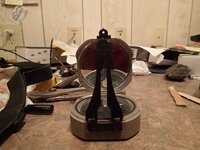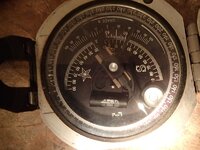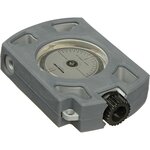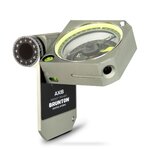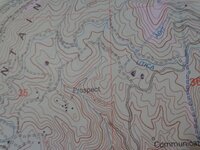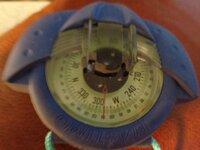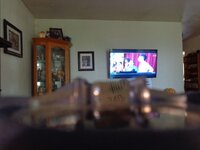- Jun 26, 2008
- 7,735
- 10,996
- Detector(s) used
- Ace 250 (2), Ace 300, Gold Bug 2, Tesoro Cortes, Garrett Sea Hunter, Whites TDI SL SE, Fisher Impulse 8, Minelab Monster 1000, Minelab CTX3030, Falcon MD20, Garrett Pro-pointer, Calvin Bunker digger.
- Primary Interest:
- Metal Detecting
I THINK I know what these words are but I need more. Anyone explain what they mean in LAYMAN'S terms? I keep seeing them in my gold/geology research yet I don't have as much grasp as I want to have. I've seen the definitions. Don't need that. Anyone help me? TTC
Amazon Forum Fav 👍
Upvote
0



